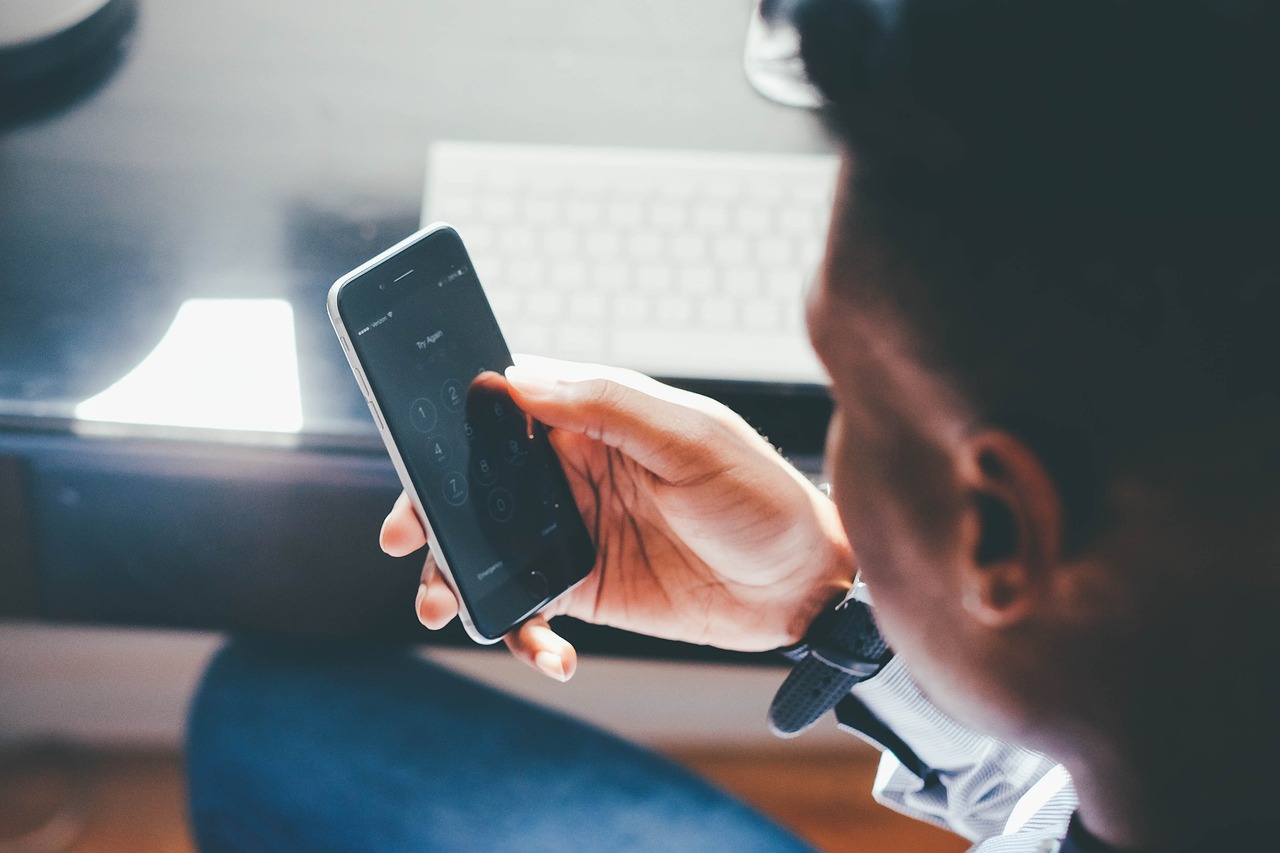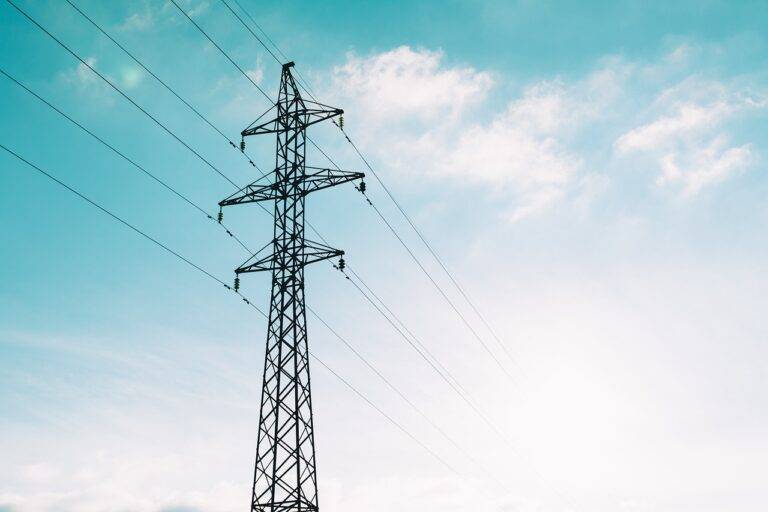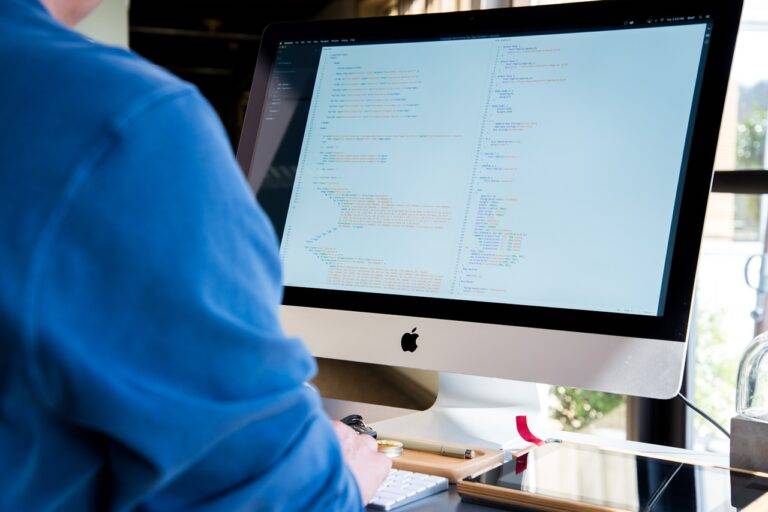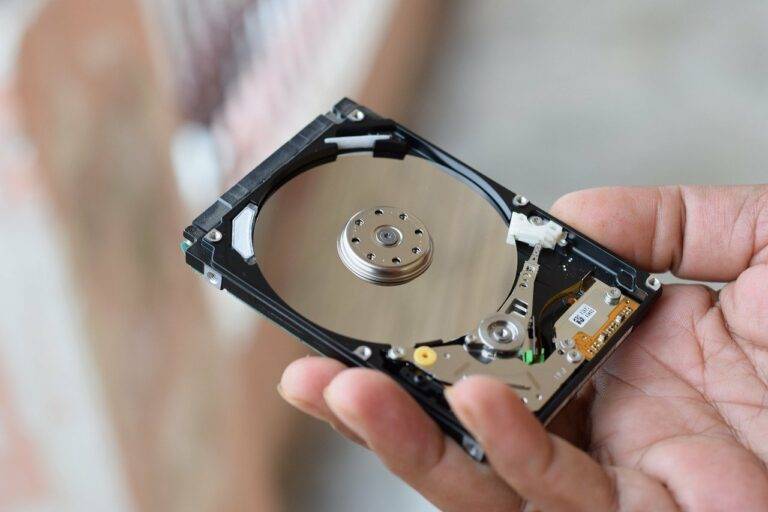The Role of Tech in Disaster Preparedness: Social Media and Crowdsourcing for Crisis Communication
In today’s rapidly changing world, technology plays a crucial role in enhancing disaster preparedness efforts. From early warning systems to communication networks, technological advancements have revolutionized the way emergency response teams mitigate and respond to disasters. Real-time data analysis and mapping tools enable authorities to identify vulnerable areas and allocate resources more efficiently, ultimately saving lives in times of crisis.
Moreover, the integration of drones and satellite imagery has significantly improved disaster assessment and damage estimation. These technologies provide first responders with invaluable insights into the extent of destruction, allowing for a more targeted and effective response. By leveraging the power of technology, communities can better prepare for and mitigate the impact of disasters, ultimately building resilience in the face of adversity.
Utilizing Social Media for Rapid Communication During Crises
Social media has become an invaluable tool in providing rapid communication during times of crises. Platforms like Twitter and Facebook allow for real-time updates and sharing of critical information with the public. By leveraging these channels, officials can promptly disseminate crucial instructions, warnings, and updates to a wide audience, facilitating swift response and actions from affected individuals.
In addition to official agencies, ordinary citizens also play a vital role in utilizing social media for crisis communication. Through user-generated content, individuals on the ground can share firsthand accounts, photos, and videos, providing a decentralized network of information that complements traditional news sources. This grassroots approach fosters a collaborative environment where collective knowledge and situational awareness contribute to a more comprehensive and responsive crisis management strategy.
Harnessing the Power of Crowdsourcing for Disaster Response
Crowdsourcing has become an invaluable tool in disaster response efforts, allowing for the mobilization of large groups of individuals towards a common goal. By tapping into the collective knowledge and resources of the crowd, emergency responders can receive real-time information and assistance across various platforms. This decentralized approach enables quick and efficient coordination of resources, ultimately leading to more effective and targeted response efforts during times of crisis.
Moreover, crowdsourcing fosters a sense of community engagement and empowerment, as individuals from all walks of life can contribute to relief efforts in a meaningful way. Whether it’s through sharing vital information, offering assistance to those in need, or providing logistical support, the collective power of the crowd can make a significant impact in mitigating the effects of disasters. By harnessing the diverse skills and perspectives of a wide range of participants, crowdsourcing has the potential to revolutionize the way we respond to emergencies and build more resilient communities for the future.





